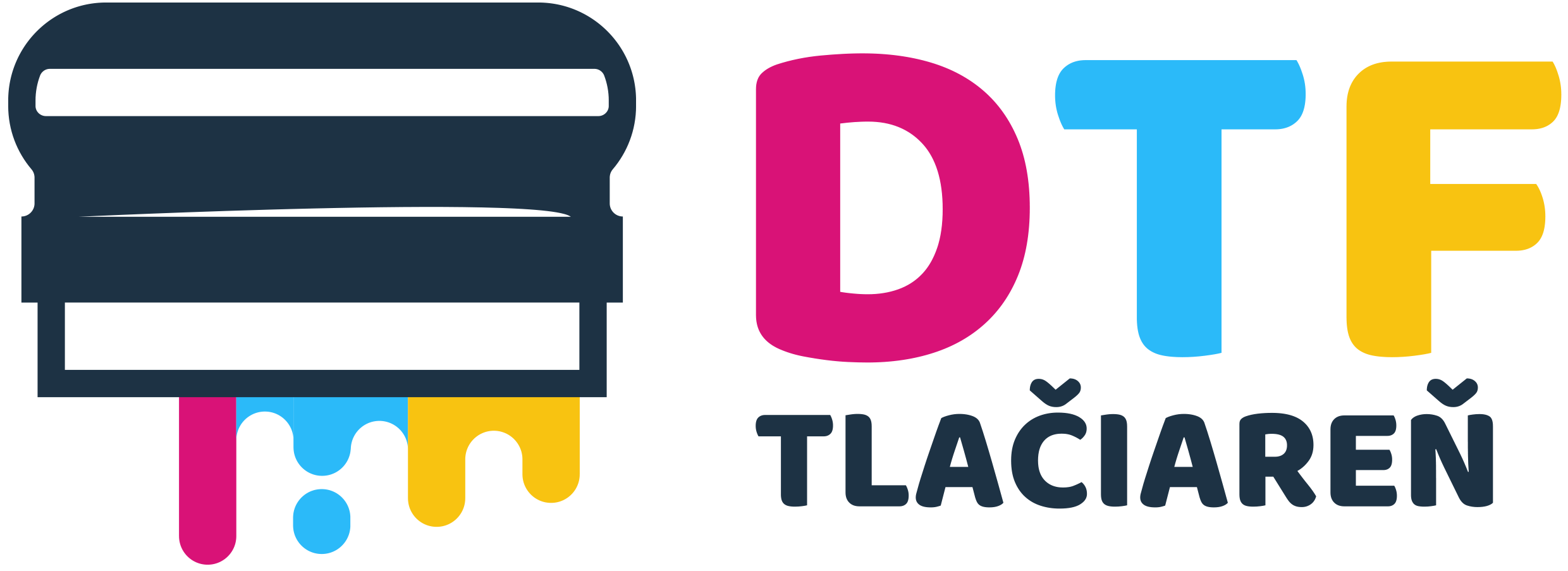Printing with a Direct to Film (DTF) printer is an innovative and efficient method for achieving high-quality and durable prints on various textile materials. This process is relatively straightforward and consists of several key steps.
The first step is preparing the design on a computer. Using graphic design software, create or edit your design. Ensure that the resolution and quality of the image are sufficiently high to achieve sharp and clear results. Then, print the design onto a special DTF film using a DTF printer. The film is coated with a layer of special powder, which melts and adheres to the fabric during printing.
After printing the design onto the film, the next step is applying adhesive powder. The powder is evenly sprinkled onto the still damp print, and then excess powder is removed. This step is crucial to ensure proper adhesion of the print to the fabric. The film with the powder is then heated in a heat press or dryer to melt the powder and firmly adhere it to the design.
Once the film is prepared, place it onto the fabric onto which you want to print. Using a heat press, apply high temperature and pressure to the film and fabric. This step ensures the transfer of the design from the film to the fabric. After the pressing time has elapsed, allow the fabric and film to cool. Then carefully remove the film, leaving the design firmly attached to the fabric.
This method achieves high-quality, durable, and detailed prints on various textile materials. DTF printing is versatile, allowing printing on cotton, polyester, nylon, and various textile blends, making it an ideal choice for a wide range of textile products. This process is efficient and offers the opportunity for personalization and small-batch production, which is advantageous for many businesses and designers.

